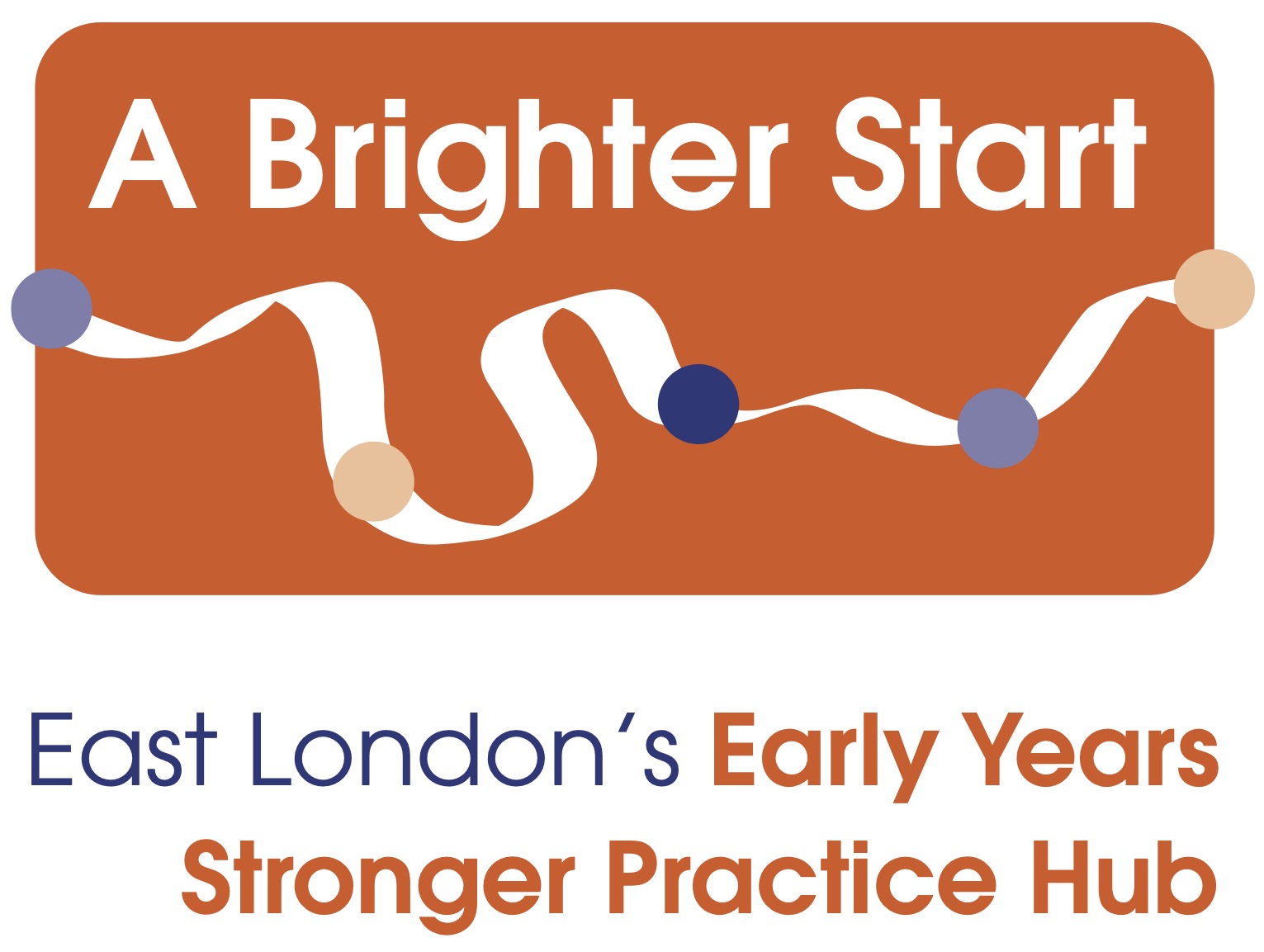Self-regulation has ‘a positive impact on wider outcomes such as behaviour and persistence’ and is ‘likely to have a lasting positive impact on later learning at school.’ (Education Endowment Foundation)
By emotional regulation, we mean children’s ability to manage some of their feelings. Early childhood is a time of intense feelings – from joy and happiness to frustration and anger. Children need support to manage and understand their emotions, so that they can increasingly manage to play and learn with others and follow the key routines of the day. But this doesn’t mean turning them into little robots, as you will see below.
Some children also have difficulties with regulating their sensory system. They might crave strong sensory feedback – leading them to go round bashing into things, and sometimes pushing or hitting others. It’s important to help children find acceptable way of getting this sensory feedback and to learn to be careful of other people.
This case study describes some of the work we do with George and his family to try to give him a good start in life.
George’s journey
When George attended the 2-year-old provision at Sheringham Nursery School he was preverbal. His frustration and other emotions were overwhelming, and he would lash out at other children. It too created a barrier to his learning.
George’s Key Person and SENDCO developed an open, trusting relationship with his parents. This enabled both staff and parents to share any concerns, discuss George’s best interests and suggest interventions.
In partnership with George’s parents, we worked on supporting his Communication and Language – this is an integral aspect of regulation. Together we focussed on OWL (Observe, Wait, Listen), following George’s lead and using the communication board (a board with pictures on it), so George could point to a picture to express himself. For example, if he was feeling thirsty, he could point to a picture of a drink.
Over the year, George made progress using the communication board to express his wants and needs. This helped with his frustration.
Strategies we used to support George’s emotional and sensory regulation
George’s Key Person tried many strategies to support his sensory regulation. These gave him a chance to experience sensory feedback, without pushing or hurting others, or pushing things over and tipping things out all the time. He responded well to:
swinging in the hammock
rocking on the chair
rolling and bouncing on the peanut ball
She also helped him with his emotional regulation, by helping him to recognise and name emotions and to seek emotional support when he needed it:
using emotion cards (little cards showing key emotions like happiness, sadness, anger which he could point to, to tell other people how he was feeling)
having a hug when requested
Transitioning into the next age group in nursery
George initially found this transition difficult. Having a consistent adult to greet him made for a successful start to the day.
Building on the success of the previous year, we continued working with George on managing his emotions. The first step in managing emotions is learning to identify and understand something about them.
We supported George with this by naming his emotions; role play; puppet work; sharing books.
George became less likely to act out his anger and distress, but when he did, we used these strategies and he responded well.
Tuning into George’s interests
A breakthrough emerged when we noticed, along with his parents, that George loved cause and effect and exploring how things work. Tuning into his interests had a huge impact on George’s emotional regulation. He realised that we were interested in what he liked to do and felt listened to. We also felt far more connected to George.
George gradually began to enjoy the company of other children, doing some activities with them. Now, he is using some self-regulation techniques independently and uses all the opportunities we provide to pursue his interests.
‘The development of self-regulation and executive function is consistently linked with successful learning, including pre reading skills, early mathematics and problem solving’ (Education Endowment Foundation)
It is clear, then, that emotional regulation must be central to all our work in the early years.
by Angela Maayuf
A note about OWL:
OWL is a well-established strategy that was developed by speech and language therapists at the Hanen Centre as part of the ‘It Takes Two to Talk’ programme. ‘It Takes Two to Talk Program’ was designed specifically for parents of young children (birth to 5 years of age) who have been identified as having a language delay. The Share attention (Sh) strategy of the ShREC Approach builds on the power of OWL. Share attention encourages adults to tune in, notice and pay close attention to what the child is focused on. By focusing on the same thing, adults can actively foster joint interaction with the child and engage in meaningful responsive communication. The research evidence highlights the importance and power of back and forth conversation. The four ShREC strategies harness this ‘serve and return’ mechanism.
Useful reading:
The Early Years Evidence Store: Approaches and practices to support Personal, Social and Emotional development in the Early Years
Anna Freud centre - Early Years in Mind: a free online network for early years practitioners.
